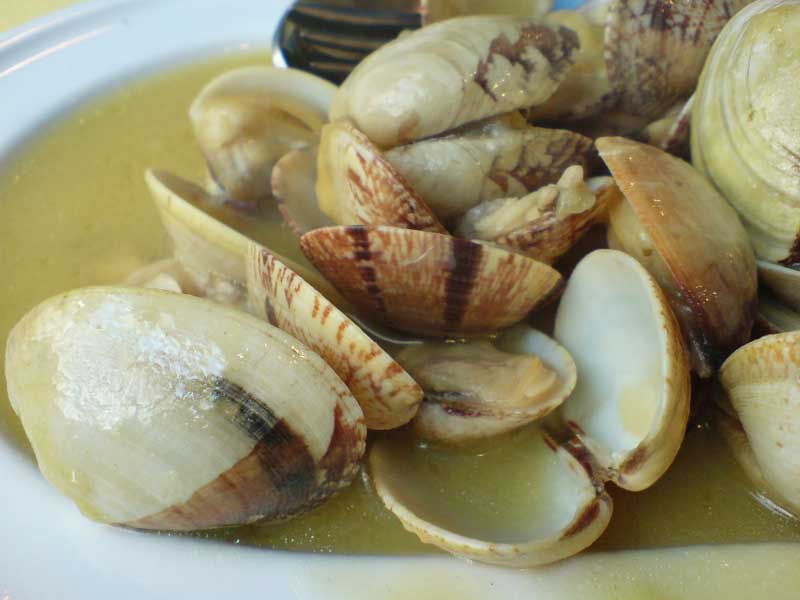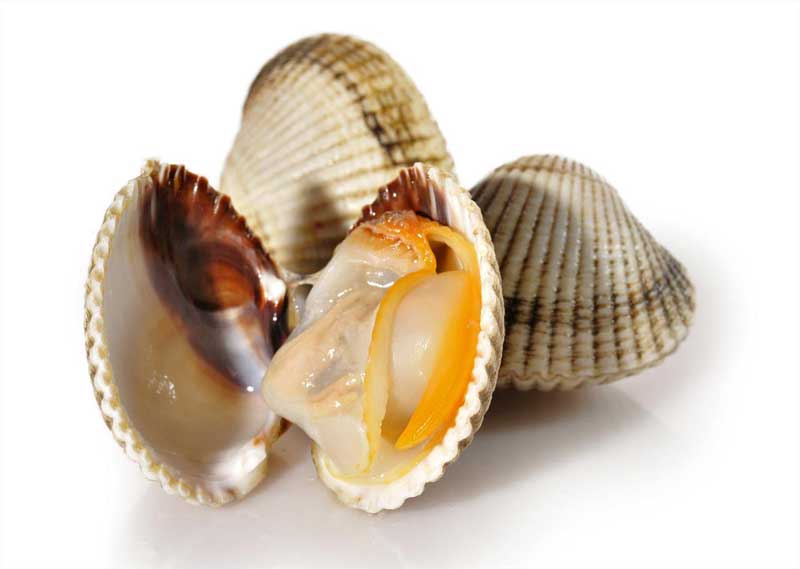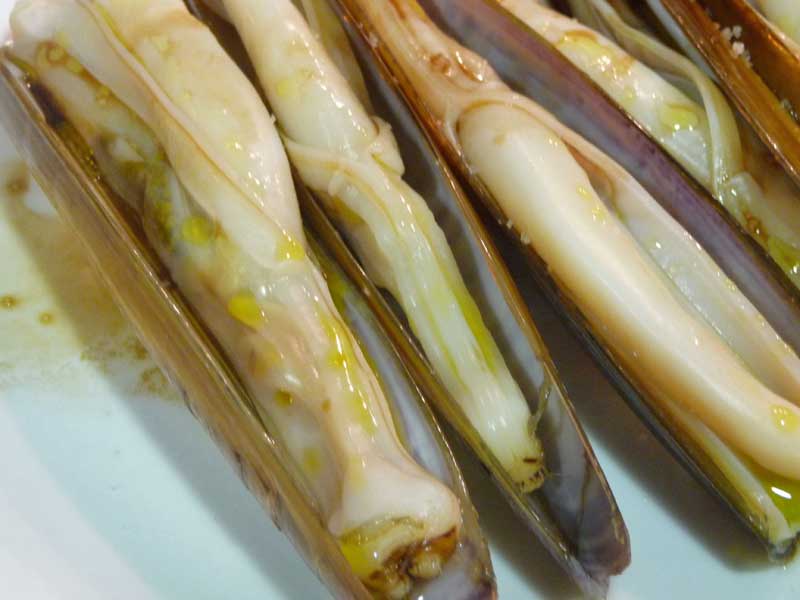
In Muros you can participate in activities related to the profession of shellfish-gatherer on the sands, or in the fish and shellfish auction in the dock fish market, by contacting the “Cofradia de Pescadores” (Fishermen’s Brotherhood).
It’s a good way of getting close to the natural cycles, the marine environment and the responsible consumption of fishing produce: a responsible consumer participates in respecting and conserving the marine environment, and promotes sustainable fishing.
The Bay of Muros and Noia is the one most exposed to the Atlantic storms as it lacks protective islands. Nevertheless, there are plenty of coves and sheltered places where various bivalves are found, especially the cockle and the carpetshell clam. Some comments:

The grooved carpetshell is highly valued for its intense flavour and ease of eating. It has a wonderful taste, whether eaten natural or grilled. Both the grooved and the common carpetshell are harvested in the traditional way, on foot with a hoe. Harvesting is prohibited in March, April and May. The best seasons are July-August and November-December.

The cockle is a species highly prized for its flavour, harvested traditionally, with a rake or on foot with a hoe.

Razor clams live buried in the bays’ sand, always in clean shallow water. They are taken one at a time by hand by breath-holding or snorkelling divers. Their exploitation is controlled according to location.